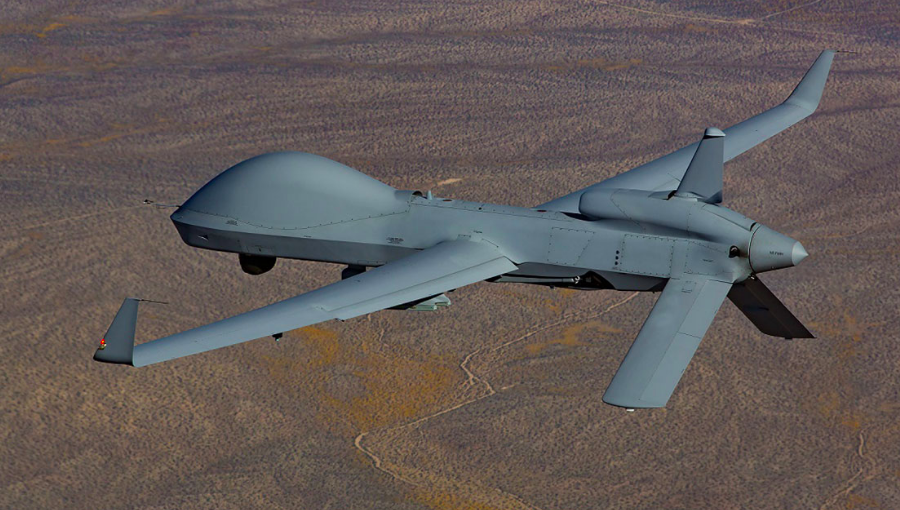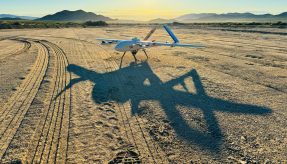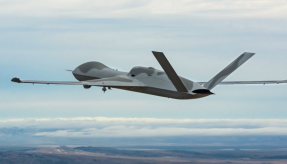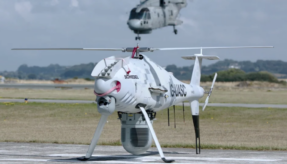
General Atomics Aeronautical Systems Inc. (GA-ASI) has completed initial flight tests of a new brushless generator system on a company-owned Gray Eagle Extended Range Unmanned Aircraft System (UAS) at Yuma Proving Grounds, Arizona.
The initial flight test of the system marks an important milestone towards upgrading the Gray Eagle Extended Range (GE-ER) fleet with generators that will significantly improve reliability and dramatically reduce platform sustainment costs. The new generator also provides electrical power to support expanding mission scenarios for the UAS.
The new generator performed aircraft ground and flight tests for over 44 hours testing up to maximum electrical power output across the full GE-ER flight envelope and at engine power levels from idle up to maximum rated thrust.
The brushless generator is designed as a GE-ER drop-in replacement for the current alternator to help make the upgrade seamless for maintainers in the field. The brushless design eliminates scheduled depot service for brush replacement every 300 hours on the current alternator, reducing depot, shipping, and spare inventory costs. The new generator system can provide up to 14 kilowatts of power – more than a 50% increase over current system – and provide up to 10 kilowatts for sensors and payloads required for flight in a Multi-Domain Operations (MDO) environment.
“Reliability and durability are always our top priorities for the Warfighter,” said GA-ASI President David R. Alexander. “Our investment in the brushless generator resets the service life to 2,500 hours, which is the same as the engine. This new system for the Gray Eagle ER reduces Soldier maintenance and sustainment costs to the Army by eliminating intermediate maintenance, and the increased power meets the needs of MDO’s advanced sensors and payloads.”
The increased power output of the brushless generator system supports new suites of advanced sensors that are in development, such as the Multi-Domain Sensing System (MDSS), which enables GE-ER to employ long-range sensing and targeting for Long Range Precision Fires (LRPF) and Future Vertical Lift (FVL) ecosystems that are part of MDO. The generator can support all modes of flight simultaneously, including Multi-Function Electronic Warfare (MFEW), as well as communications intelligence (COMINT), electronic intelligence (ELINT), electro-optical/infrared (EO/IR) sensing and synthetic aperture radar (SAR) capabilities.
The brushless generator development is a company-funded joint effort between GA-ASI and its affiliated company, General Atomics Electromagnetic Systems (GA-EMS), who are recognized industry experts in electrical power systems. The new generators will enter Government qualification testing this summer in conjunction with GA-ASI’s new HFE 2.0 engine. Initial results demonstrate a significant leap in overall performance as General Atomics continues to push the limits of aircraft power-producing technology that will have lasting impact on the GE-ER fleet.
image courtesy of GA-ASI
If you would like to join our community and read more articles like this then please click here
GA-ASI General Atomics Aeronautical Systems Inc. Gray Eagle Extended Range UAS Unmanned Aircraft System







